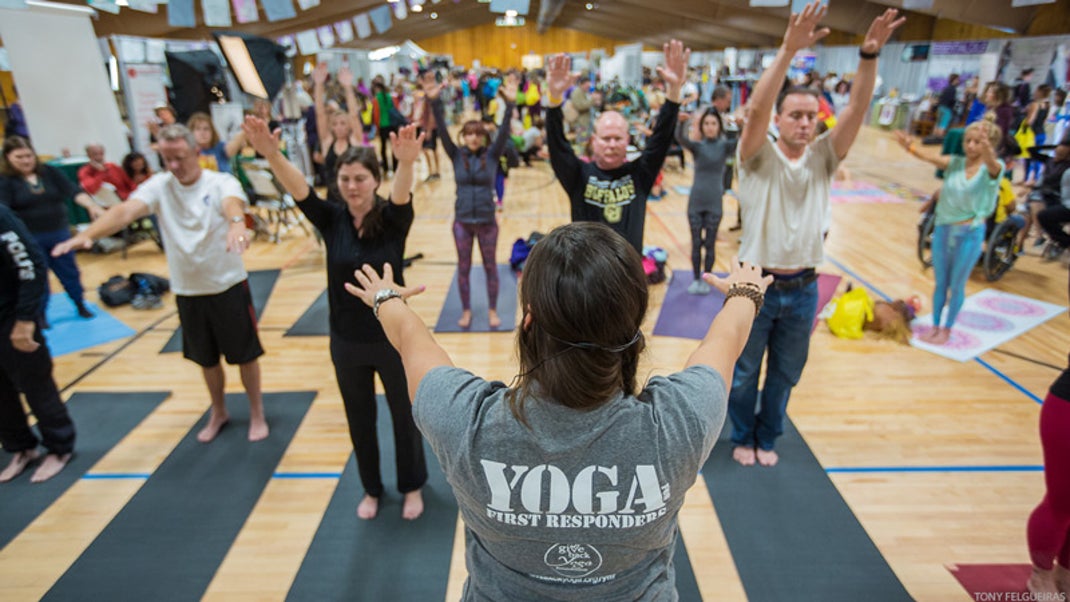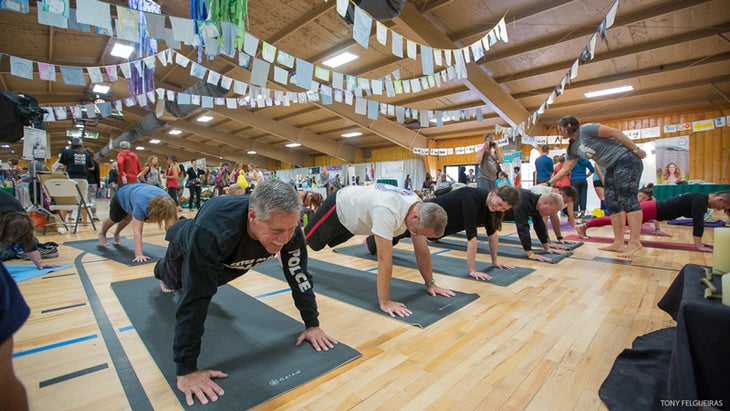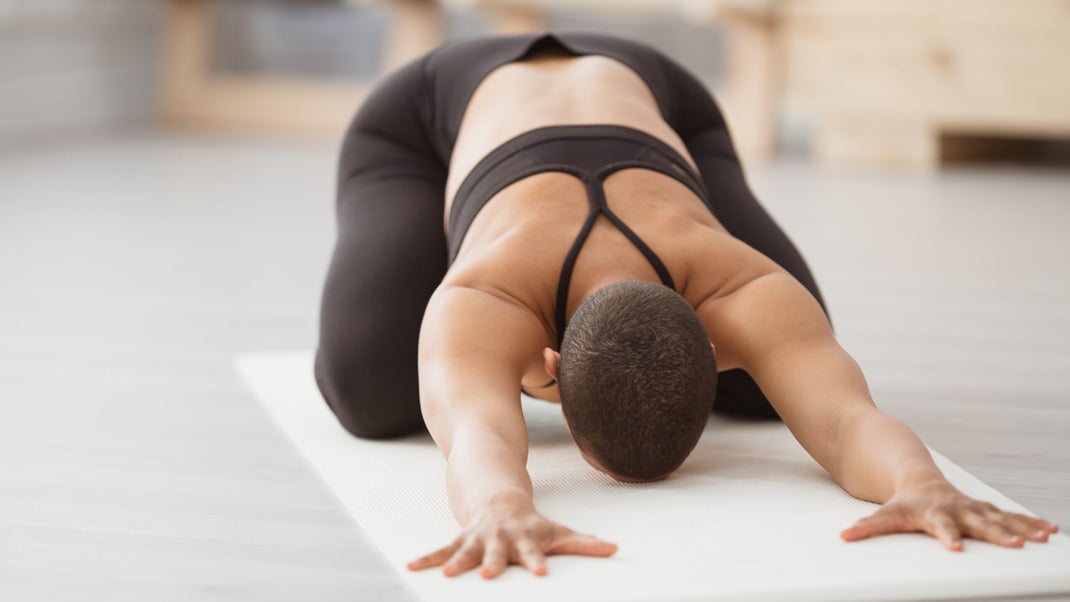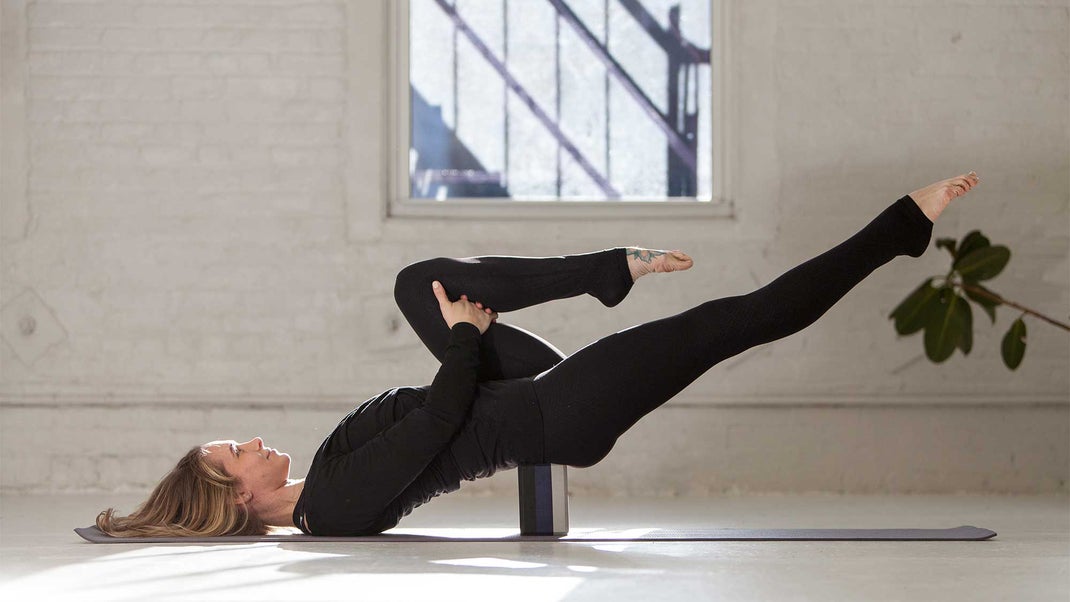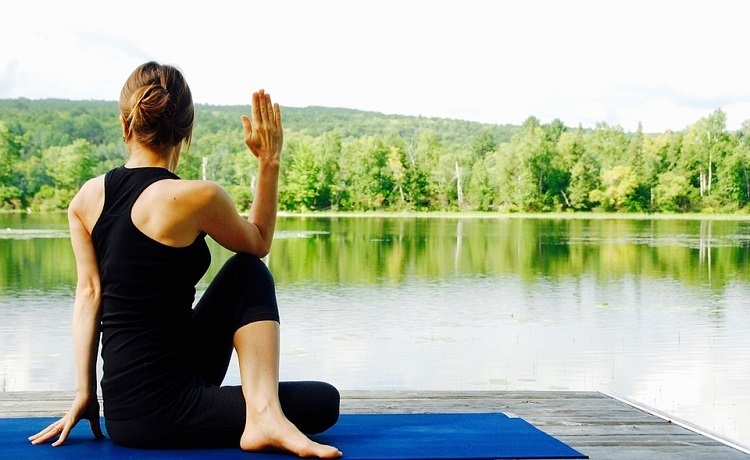If you are a first responder, then you know that the job comes with many stressors. From dealing with death to attending accidents and everything in between, it can be difficult to find balance. This article will talk about 5 strategies for stress + trauma that may help your life as a first responder.
At YJ LIVE! In Colorado in Estes Park earlier this month, I dropped in on a couple of free public classes offered by Giving Back Yoga Foundation’s brand-new Yoga for First Responders (YFFR) program.
Give Back Yoga knows a thing or two about the value of yoga in mitigating the effects of stress and trauma: 350 trained teachers are currently bringing GBY’s Prison Yoga Program offerings to 85 correctional facilities around the world.
They are now launching a 200-hour teacher training for incarcerated women. Further, their Mindful Yoga Therapy Toolkit has been distributed to 15,000 veterans and is used in 99 vet centers and VA facilities.
Now they’re bringing the goods to the First Responder community—the police, firefighters, and others who face extreme trauma on a regular basis—by supporting YFFR. According to YFFR, nearly a third of police officers suffer from stress-based physical health problems, 40% exhibit sleep disorders, and 10–37% of first responders show symptoms of PTSD.
Based on Trauma-Sensitive Yoga, the YFFR program uses asana, breath, and affirmation to give this population ”an opportunity to increase peak performance on the job, while alleviating physical and mental effects of work-related stress and trauma so they can lead a more enjoyable personal life,” reads the website.
And what’s even cooler, thanks to the YFFR scholarship program for first responders, many of the teachers in the program will themselves be first responders.
That was true in Estes Park where firefighter Essie Titus and law enforcement official Dove Crawford skillfully ran groups of Estes Park first responders (and YJ LIVE! attendees) through 50-minute classes. YFFR’s goal is to have programs up and running in 20 departments by the end of 2016.
5 Yoga Strategies To Release Extreme Stress or Trauma
Olivia Kvitne, the founder and director of YFFR, has multiple yoga certifications and extensive experience bringing yoga to veterans, firefighters, and police officers. It was by teaching yoga at Los Angeles Fire and Police Departments—working closely with their Behavioral Sciences Department psychologists—that Kvitne developed the YFFR protocol. I asked her for tips for first responders—or anyone dealing with extreme stress and trauma. Here’s what she gave back:
1. It only takes 3 minutes.
Many people avoid a daily mindfulness practice because of a lack of space, energy, or desire to roll out a yoga mat and dedicate an hour or more to this work. The good news is, it only takes three minutes of mindful breathwork to effectively calm the nervous system. Imagine life as a snow globe that’s being shaken and all the particles are flying about. Your mindfulness practice is setting that snow globe down, allowing the particles to settle. Any time you feel a trigger from the nervous system or an unwanted emotional response, pause what you’re doing and take three minutes to reset—at your desk, in your car, wherever you are.
2. Breathe first.
Anytime an overwhelming sensation begins to take hold, try this simple breathwork: Begin to breathe through the nose rather than the mouth. Drop the breath down low into the belly, like you are inflating a balloon inside your abdomen. Extend the exhale longer than the inhale. All of these things will hit the “calm button” in the nervous system. This is also great to do if you are having a hard time falling asleep.
3. Release expectations.
When you begin your yoga practice or any mindfulness work, there’s often an expectation to feel relaxed, peaceful, or at ease. You may not, though, and that’s okay. Practice acceptance by knowing it’s okay to feel exactly as you do in that moment. Give yourself permission to take off the mental, emotional and physical “armor” that we wear to get through life without the albatross of expectation.
4. Move first thing.
Start your day with mindfulness. Simple movements, even while still in bed, coupled with breath and an empowering affirmation can set the tone for your entire day. Start with reclined twists. Move to your belly, propping up with your forearms for a gentle sphinx pose as you implement belly breathing through the nose, extending the exhale. Push back to the child’s pose and slowly roll up the spine to sit up. Once your feet hit the floor, reach up to the ceiling and say three times, “I am happy, healthy and I feel terrific!” (silently if you prefer). Work on letting go of feeling silly saying an affirmation. Affirmations really work when done consistently and with gusto!
5. Find a trauma-sensitive yoga class.
If you experience symptoms associated with Post-Traumatic Stress or Vicarious Traumatization (sleep issues, flashbacks, avoidance, anxiety, anger, constant hypervigilance, substance abuse, etc.) look for a yoga class taught by a teacher trained in trauma-sensitive yoga—a method specifically designed to keep you safe from nervous system triggers. There is no stigma in attending one of these classes. People attend for a variety of reasons and you will be in good company and learn great tools you can use on the mat and in life.
Conclusion:
These are just a few of the strategies that Kvitne recommends for first responders. For more tips and information, be sure to check out her new book, “Yoga for First Responders.” And if you’re looking for a trauma-sensitive yoga class in your area, visit the Yoga Service Council website.
